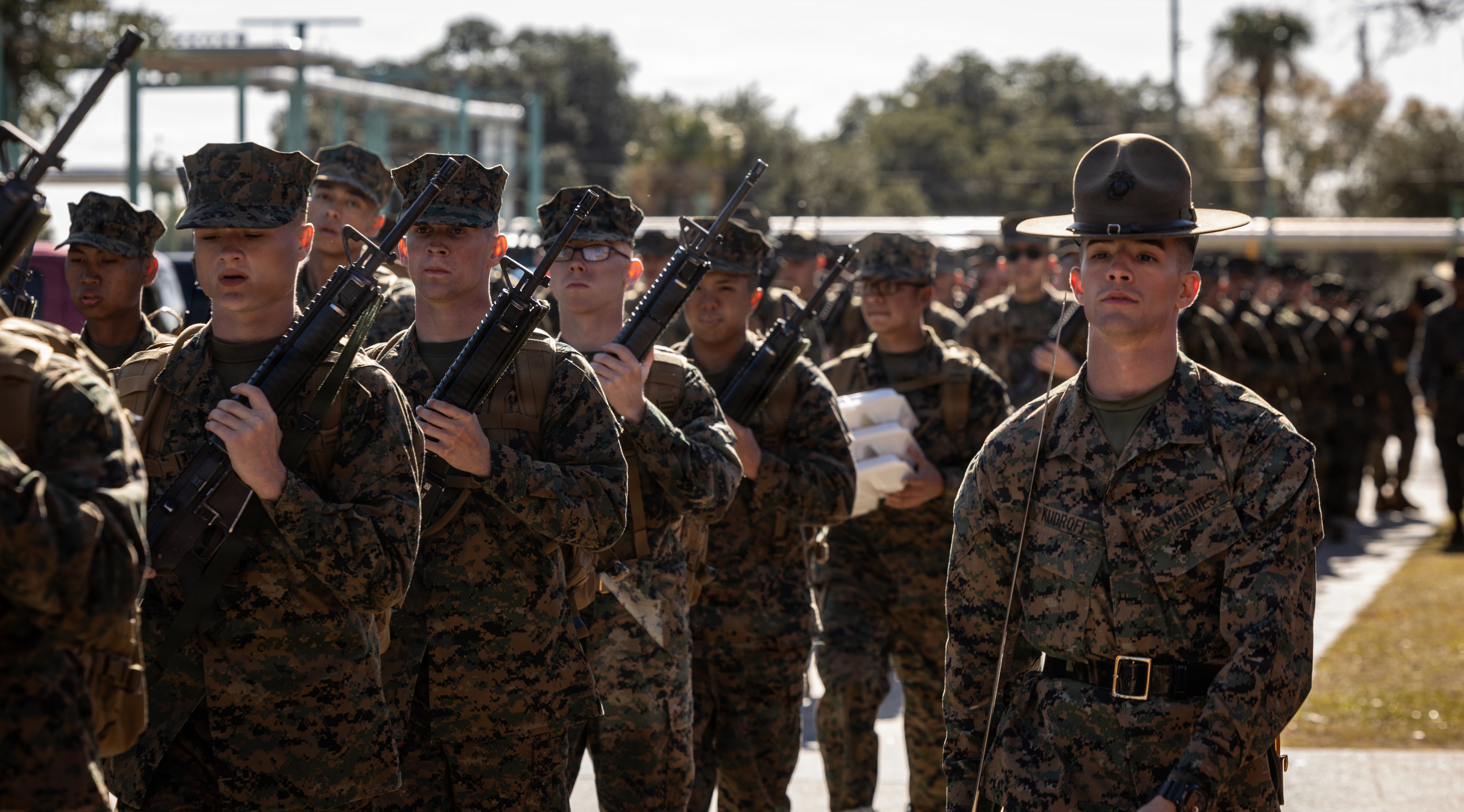The Walther P-38 arguably supplants even the infamous Luger P.08 as the definitive German pistol of the 20th century. Its development began in the early 1930s, when a cash-strapped German army looked to replace the elegant but expensive Luger. The Carl Walther firm responded with a larger version of its PP (Polizei Pistole), but the gun’s blowback system was deemed unsuitable for 9mm rounds.
Walther worked through several design variants that ultimately led to the short-recoil HP (Heeres Pistole). It was this version that the German army adopted in 1938 and two years later put into mass production as the Walther P-38.
Read More from Historynet:
The P-38 broke new ground in the design of semiautomatic handguns. It was the first locked-breech pistol with a double-action trigger mechanism plus a hammer decocker.
Together, these features meant that the pistol could be holstered safe but ready with a round in the chamber; to fire, the user had only to draw the pistol, flick off the safety, and pull the trigger. A loaded chamber indicator at the rear signaled that the weapon was “hot.”
The P-38 was smooth shooting, accurate, and reliable—everything a soldier could want from a sidearm—and Walther produced some 1.2 million of them from 1940 to 1945.
The P-38 wasn’t again produced for the German military until after 1957. In the 1960s a modular, modified P-38 starred as a pistol carbine on The Man From U.N.C.L.E. television series. Often called the “godfather” of the modern combat handgun, the P-38 is revered today by collectors as much for the grace of its lines as for its history.
Chris McNab is a military historian based in the United Kingdom. His most recent book is The Falklands War Operations Manual (Haynes Publishing, 2018). This story was originally published on Historynet.com.





